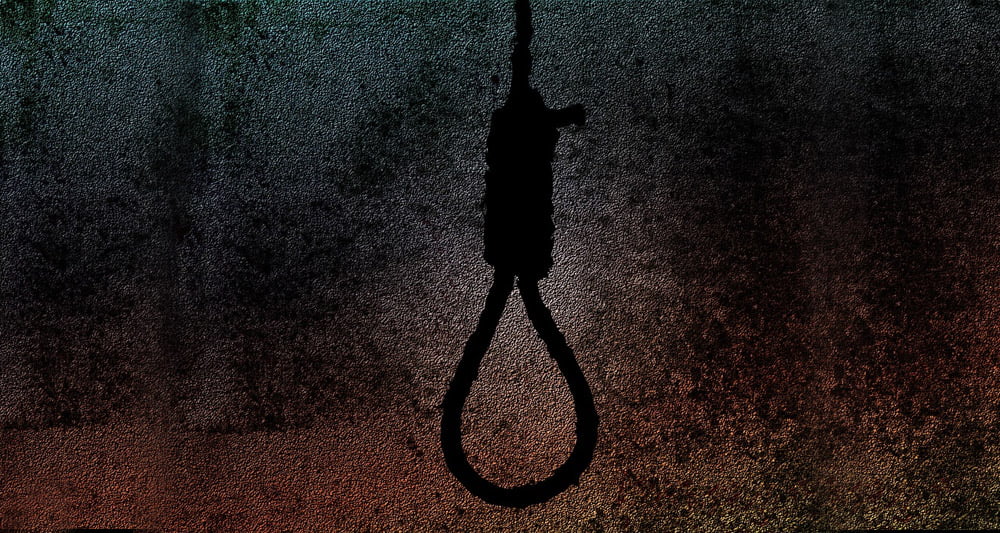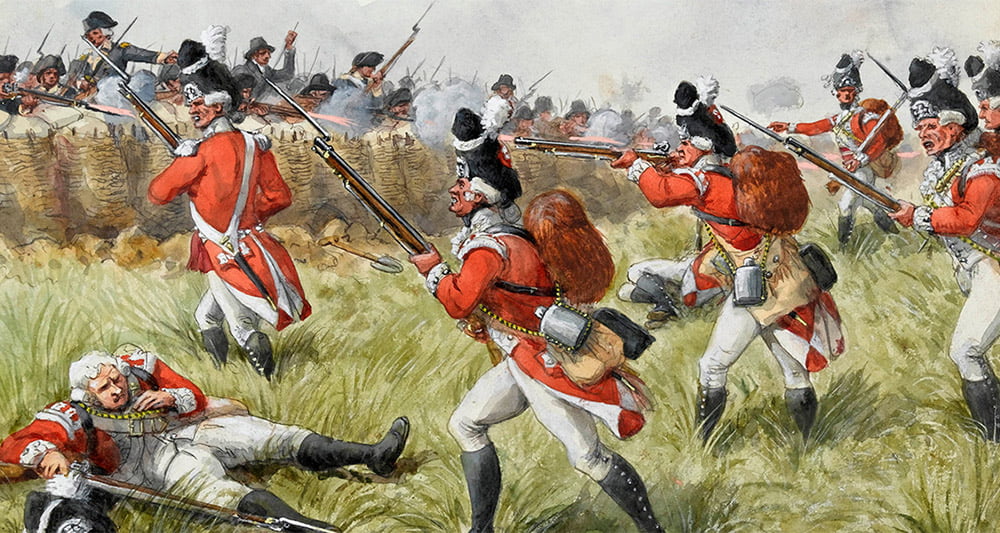10 Wrongful Executions of Innocent People in History

Justice systems serve to protect the innocent and bring justice to society. Unfortunately, at times, they fail and wrongful executions occur. The importance of a fair and just justice system cannot be overstated, as it directly affects the lives and freedoms of individuals. It is imperative that the system continuously works to correct its mistakes and prevent future injustices so that no innocent person is wrongly convicted and executed. An effective and efficient justice system is crucial to maintain a just and equitable society.
Injustice Served: The Tragic Reality of Wrongful Executions in History
The history of our justice system is dotted with cases of wrongful executions. Innocent people, convicted due to wrongful convictions or injustice in the legal process, have lost their lives at the hands of the state. This highlights the importance of vigilant efforts to prevent such tragedies from happening again and to ensure that the justice system delivers fair and just outcomes. The fight against wrongful convictions and unfair justice is a crucial aspect of upholding the integrity of the legal system and ensuring that justice is served for all. The lessons of these 10 cases serve as a reminder of the need for continual improvement and reform within the justice system.
“Injustice anywhere is a threat to justice everywhere.” – Martin Luther King Jr.
Let us delve into the dark history of our justice system and examine the 10 heartbreaking cases of wrongful executions of innocent people. The fight against wrongful convictions and unfair justice remains a crucial aspect of maintaining a just and equitable society.
- Carlos DeLuna (Texas, USA, 1989)
- Cameron Todd Willingham (Texas, USA, 2004)
- Ruben Cantu (Texas, USA, 1985)
- Timothy Evans (United Kingdom, 1950)
- Stefan Kiszko (United Kingdom, 1976)
- Juanita Nielsen (Australia, 1975)
- Knud Rasmussen (Denmark, 1792)
- Albert Tirado (Spain, 1932)
- Ahmed Timol (South Africa, 1971)
- Van Tuong Nguyen (Australia, 2005)
10 Van Tuong Nguyen (Australia, 2005)

The wrongful execution of Van Tuong Nguyen in 2005 remains one of Australia’s most shocking cases of injustice. The court convicted 25-year-old Vietnamese-Australian Nguyen of drug trafficking and sentenced him to death based on unreliable evidence. Despite appeals from legal experts and human rights organizations, they executed Nguyen in a Singapore prison. An inquiry later revealed that police had relied on unreliable informant testimony, and had failed to consider alternative suspects or motives.
The case highlights the dangers of relying on questionable evidence in capital cases and serves as a reminder of the need for ongoing vigilance to prevent wrongful convictions and executions. The fight for justice and against wrongful executions must continue to ensure a fair and just criminal justice system.
9 Ahmed Timol (South Africa, 1971)

The case of Ahmed Timol, a South African anti-apartheid activist, highlights the legacy of injustices committed during apartheid. A judicial inquiry in later years concluded that apartheid security police murdered Timol, not that he committed suicide by jumping from a police station window as declared a year after his 1971 arrest.
The case represents one of many instances of wrongful executions and unjustified state-sponsored violence during apartheid and serves as a reminder of the importance of accountability and justice in the face of government abuse. We must continue to fight against wrongful convictions and unfair justice to acknowledge and rectify past injustices.
8 Albert Tirado (Spain, 1932)
Weak evidence and flawed eyewitness testimony charged Albert Tirado with murder in New York and sentenced him to death in 1994. Despite the lack of concrete proof linking him to the crime, the court convicted and sentenced Albert Tirado to death. Years later, new DNA evidence emerged, exposing the flaws in the original case and leading to Tirado’s exoneration in 2007. The conviction and death sentence of Tirado was the result of a systemic failure in the criminal justice system, including unreliable eyewitness testimony, faulty forensic evidence, and ineffective representation.
The case highlights the risk of relying on such evidence in capital cases and underscores the importance of ensuring a fair and just criminal justice system. The fight against wrongful executions and convictions must continue to prevent further injustices like the one suffered by Tirado.
7 Knud Rasmussen (Denmark, 1792)

Knud Rasmussen, a Danish man, was wrongly executed in 1792 on charges of theft and murder. The testimonies and proofs used against him were circumstantial and lacked concrete evidence. Injustice played a major role in his conviction as the authorities failed to thoroughly investigate the case.
One of the worst examples of wrongful executions in history is the execution of Knud Rasmussen. This highlights the significance of a fair justice system. Despite attempts to prove Knud’s innocence, he stayed convicted until recent times when advanced forensic techniques uncovered the real culprit. The case remains a grim reminder of the consequences of unfair justice and wrongful convictions.
6 Juanita Nielsen (Australia, 1975)

The case of Juanita Nielsen was a shocking example of wrongful execution and injustice. The court convicted the killer of the Australian publisher and heiress despite lacking evidence and testimonies. The killer later admitted guilt, but authorities never prosecuted him.
This case exposed corruption and police involvement, resulting in a miscarriage of justice and the unfair execution of an innocent person. Juanita Nielsen’s case continues to raise questions about the integrity of the justice system and the fight against wrongful convictions.
5 Stefan Kiszko (United Kingdom, 1976)

The United Kingdom’s legal system wrongly executed Stefan Kiszko in 1976 for the murder of a young girl. Police induced a false confession and faulty evidence convicted him. Despite evidence of Kiszko’s innocence, the judicial system neglected to intervene and ensure justice. Sixteen years later, the legal system overturned Kiszko’s wrongful conviction, but only after he suffered years in prison and faced execution.
This tragedy emphasizes the significance of having a fair and just legal system that thoroughly examines all evidence and protects the rights of the accused to avoid wrongful executions and convictions.
4 Timothy Evans (United Kingdom, 1950)

The court charged Timothy Evans with the murder of his wife and daughter in 1950. Despite inconsistent and unreliable testimony, they tried, convicted, sentenced him to death and hanged him. Years later, new evidence revealed that the real killer, John Christie, committed several other murders in the same building where Evans lived.
The wrongful conviction of Evans highlights the injustices of the criminal justice system and the importance of thorough investigations and fair trials. The case remains a stain on British justice and a reminder of the need for continual improvement in the pursuit of fairness and justice.
3 Ruben Cantu (Texas, USA, 1985)

Texas executed Ruben Cantu in 1985 for murder. He faced charges for robbing and killing a man during a break-in. Cantu’s conviction relied heavily on the testimony of a single eyewitness who claimed he saw Cantu commit the crime. However, years later, this eyewitness recanted his testimony and stated that police had coerced him into implicating Cantu.
Eyewitness testimony convicted Ruben despite no physical evidence connecting him to the crime. On execution day, multiple appeals failed to halt the lethal injection. Ruben proclaimed his innocence until the end.
After Cantu’s death, investigations into his case uncovered more evidence of his innocence and raised serious questions about the fairness of his trial. Many, including former prosecutors and law enforcement officials, believe that Ruben suffered a wrongful conviction and execution. His case remains a stark example of the dangers of wrongful convictions and the need for greater fairness and transparency in the criminal justice system.
2 Cameron Todd Willingham (Texas, USA, 2004)

In 1992, the court convicted Cameron Todd Willingham for setting a fire that killed his three children and charged him with arson and murder. They sentenced him to death by lethal injection. The prosecution relied on outdated arson investigation techniques to build its case. The evidence used to convict Willingham has since been discredited by fire science experts.
In 2004, Willingham was executed by the State of Texas. After his death, a review of the evidence raised questions about his guilt. The Innocence Project, a non-profit legal organization, took on his case and found further evidence of his innocence. In 2009, a panel of fire experts concluded that the fire was not arson, but was accidental.
Despite evidence of wrongful conviction, the State of Texas has not exonerated Willingham. The case has become a symbol of wrongful executions, unjust justice, and wrongful convictions. To this day, the true cause of the fire remains unknown.
1 Carlos DeLuna (Texas, USA, 1989)

In 1989, Texas executed Carlos DeLuna by lethal injection for the 1983 murder of Wanda Lopez in Corpus Christi. The charges were based on eyewitness testimony, but there were serious questions about the reliability of the witnesses and the investigation. DeLuna always maintained his innocence and claimed another man, Carlos Hernandez, was responsible for the murder.
Several eyewitnesses claimed they saw Carlos DeLuna near the scene of the crime, despite a lack of physical evidence connecting him to the crime, which led to his conviction and death sentence. In 2012, a team of investigative journalists conducted a comprehensive review of the case and found numerous flaws in the prosecution’s case, including inconsistencies in eyewitness testimony and a failure to properly investigate Hernandez.
The case of Carlos DeLuna highlights the dangers of wrongful convictions and the injustices of the death penalty system. The justice system failed to ensure fair and accurate trials and executed DeLuna despite substantial doubts about his guilt, resulting in a wrongful execution for a crime he did not commit. This tragedy serves as a powerful reminder of the need for ongoing efforts to reform the criminal justice system and prevent wrongful executions.
Conclusion
In conclusion, all the cases mentioned above depict the disturbing reality of wrongful executions and convictions that have occurred throughout history. Despite having evidence of innocence and the lack of credible testimony, these individuals suffered injustice at the hands of a flawed justice system. This highlights the need for improvements and reforms in the legal system to prevent such unfair justice from happening in the future. The memory of these victims reminds us of the devastating consequences of wrongful executions and convictions and stresses the importance of ensuring fair and accurate justice.











